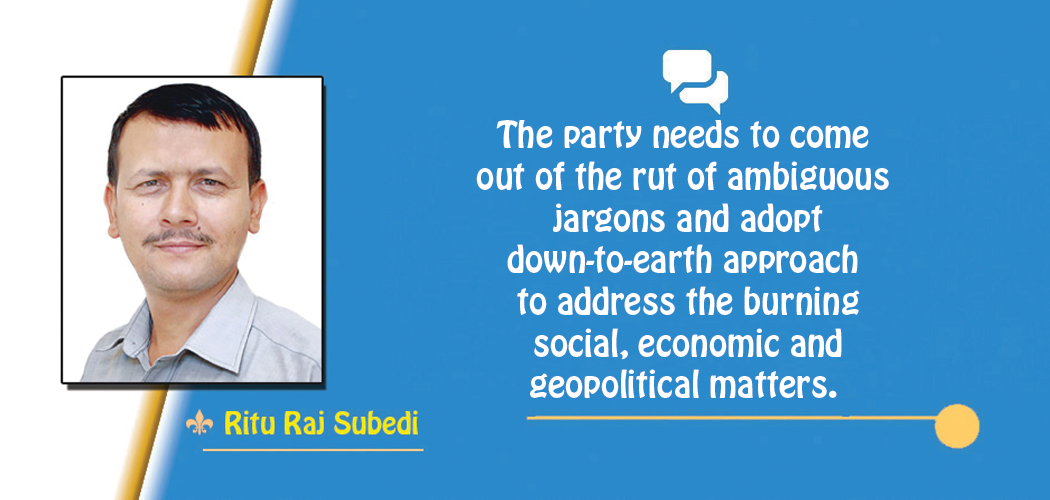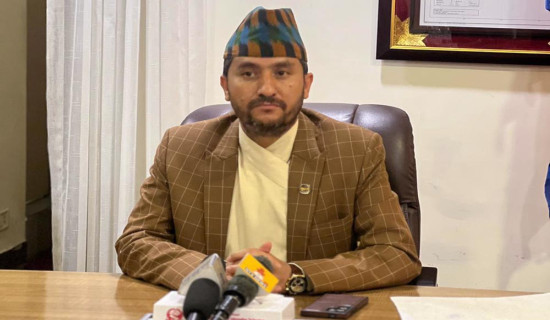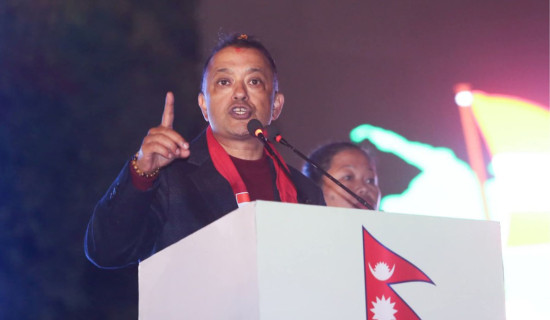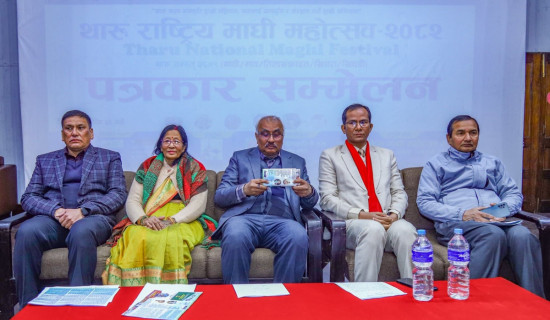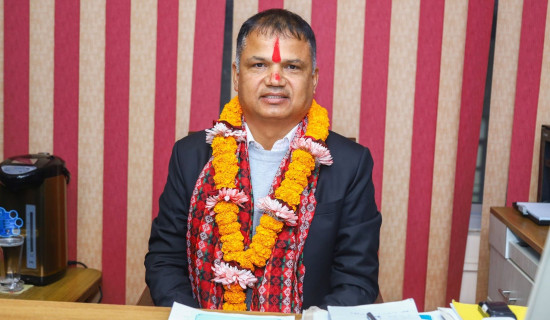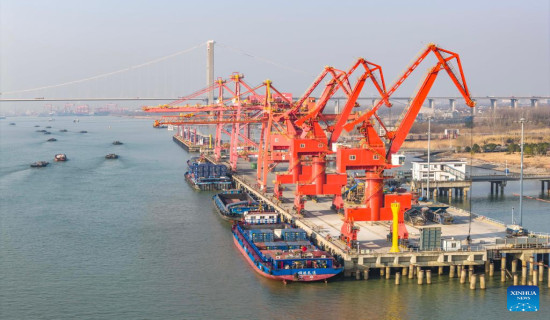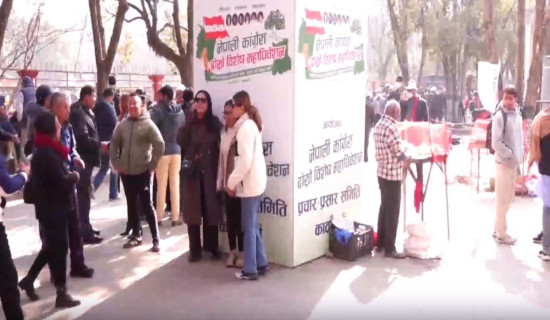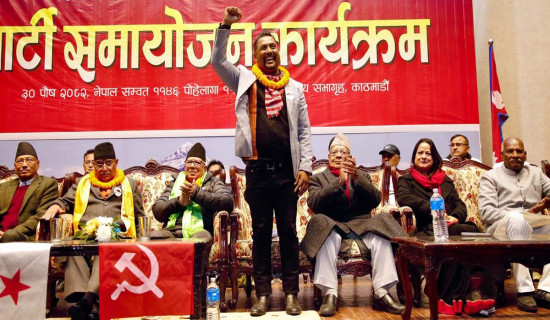- Wednesday, 14 January 2026
Unified Socialist At A Crossroads
With the federal and provincial elections scheduled for November 20, the political parties are bracing for another popular test that will decide their fate for coming five years. The country will see two alliances – one led by Nepali Congress (NC) and another by opposition CPN-UML – pitted against each other in the polls. This is the second general and provincial polls following the promulgation of the new constitution in 2015. The elections are taking place at a time when the major parties are facing crisis, with independent candidates creating sensation among the ordinary citizens fed up with incompetence of parties particularly in the urban areas.
Although the ruling five-party alliance has a challenge to share seats among its constituents fairly, it appears to be confident to repeat the success it made in the local polls. The UML is staring at another electoral shock after it has been further cornered in the national politics. The NC is likely to snatch the UML’s position as the largest party on the strength of alliance and the number of votes it musters under the proportional category. The CPN-Maoist Centre, CPN-Unified Socialist and Janata Samajbadi Party are also hopeful about boosting their electoral prospect under the banner of five-party alliance.
Do or die
However, the election produces do or die situation for the smaller parties. This particularly applies to newly formed Unified Socialist that has completed one year of its establishment. So it stands at a crossroads. The upcoming polls will be a litmus test for the party that revolted against the ‘authoritarian impulses’ of UML chair KP Sharma Oli after the latter dissolved the House of Representatives (HoR) not once but twice. On the one hand, it has to justify the rationale behind its rebellion against the UML, and on the other it has to struggle to stay afloat in the national politics. “This year was special in the development and expansion of the Nepali communist movement. When we had revolted against the Oli faction, the communist movement had gained an apex height,” said Unified Socialist’s respected leader Jhala Nath Khanal in a statement issued on the occasion.
The then CPN had made unprecedented victory in the 2017 three-tier polls, with its near two-thirds majority in the federal parliament, majority governments in six out of seven provinces and over 60 per cent representatives in local bodies. “This testified that Nepalis have a huge faith in communist parties. But Oli, who led the NCP government, missed a big opportunity of putting the country on the path of socialism. As the Oli government began to sink in the swamp of rightist opportunism, we were compelled for the historic revolt,” added Khanal.
The party insists that the country has already gone through new democratic revolution and entered an era of socialist transformation. It has claimed that the party’s organisation has spread nationwide and abroad based on the socialist tactic, policy and principle. A network of more than 21 sisterly and community organisations has evolved under the banner of the party. It has identified five economic classes – comprador capitalist class, national capitalist class, lower capitalist class, peasant community and modern working class people. However, the categorisation of social classes appears to be vague for the commoners hit hard by immediate problems such as inflation, unemployment, corruption, poverty and lack of access to quality education and health.
The party needs to come out of the rut of ambiguous jargons and adopt down-to-earth approach to address the burning social, economic and geopolitical matters. These days the ideological divides among the right, centre and left have been blurred. As the parties of all stripes have become catch-all and indulged in alliances of different sorts to suit political expediency, their credibility is at stake. The people want that the parties take a coherent stand on public policy and issues that impact them directly. As its name suggests, the Unified Socialist representatives in federal and local government should embrace socialist values and lead by example to prove its relevance in the contemporary politics.
Unity bid
Upon completing one year of formation, the Unified Socialist has moved ahead to forge unity with the CPN-Maoist Centre. The two parties have formed a Unity Coordination Committee and decided to contest the polls on a common election manifesto but with their own symbols. The unification bid is guided by a desire to create another big communist force to counter the UML. But the Unified Socialist risks losing its distinct identity given that its small organisation structures are dominated by the Maoist Centre if it unifies with the party of former rebels. Both the parties have come from different schoolings and botched-up unification may not yield positive outcome as seen in the disintegration of the then NCP created through the unity of UML and Maoist Centre.
The UML has resorted to a 'rumour' that Unified Socialist is going to 'disappear' into the Maoist Centre in order to bring back the cadres of its breakaway faction into its fold ahead of crucial polls. However, sources have claimed that the unity talks between the two communist forces are also a strategy of Unified Socialist to engage the Maoist Centre so that latter may not switch to a poll alliance with the UML or get closer to the ruling NC to isolate it within the alliance and allot it fewer seats in the elections. Maoist Centre chair Pushpa Kamal Dahal Prachanda is known for his mercurial character and may make a U-turn to benefit his party. This has forced the Unified Socialist to walk a tightrope amidst the political one-upmanship involving the big players.
(The author is Deputy Executive Editor of this daily)

